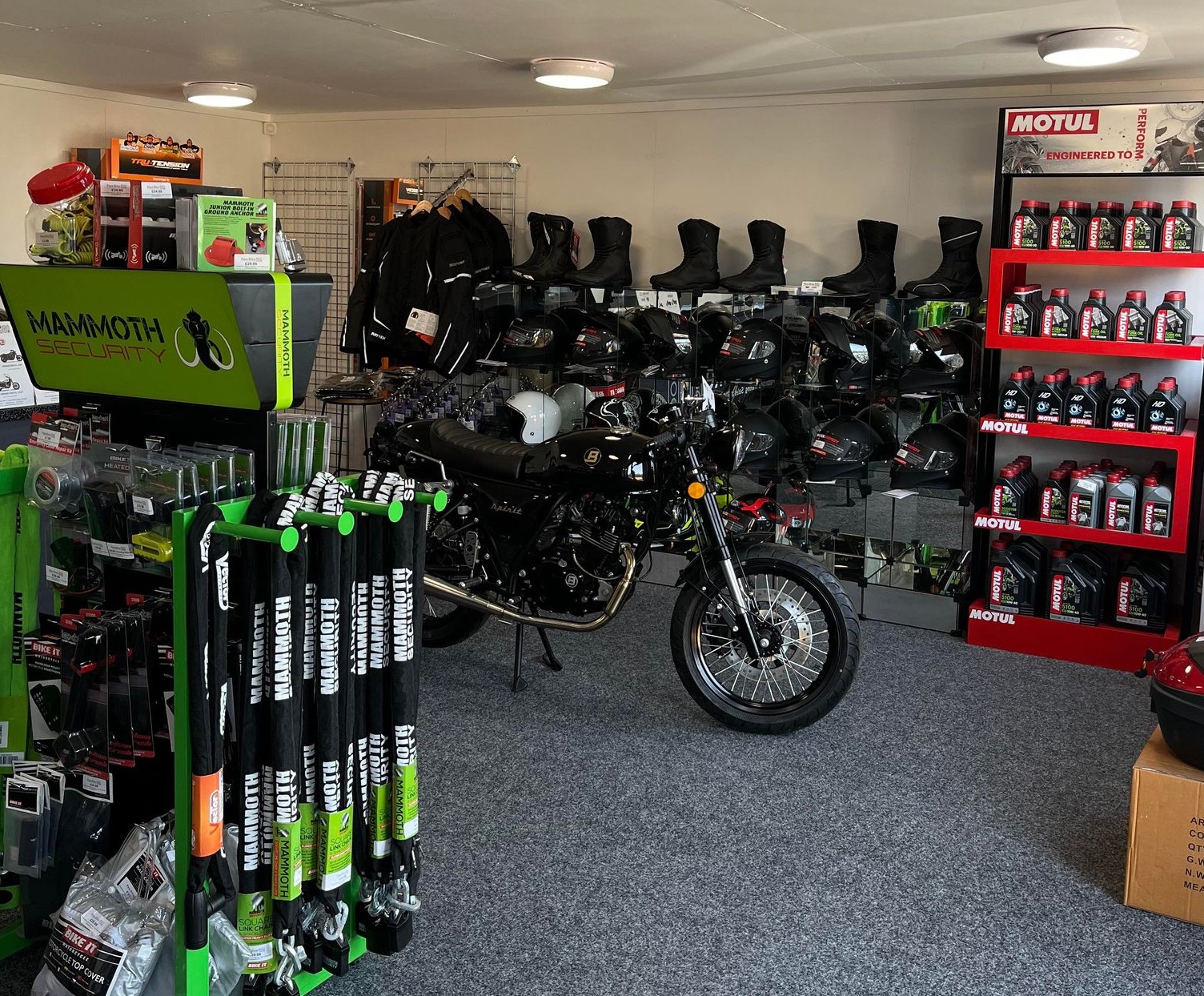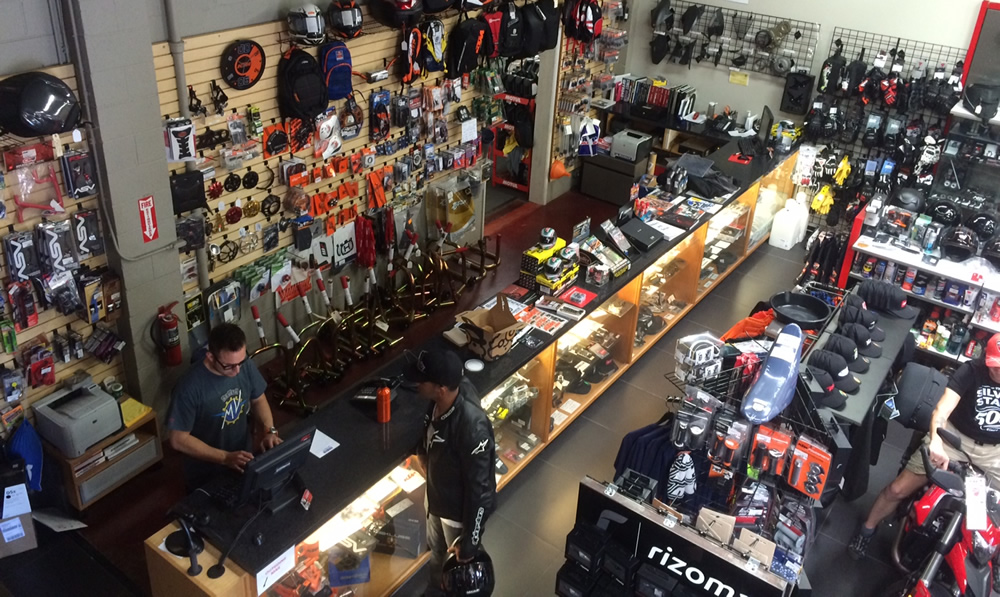Explore the most recent Motocross Gear NZ for each Level of Rider
Explore the most recent Motocross Gear NZ for each Level of Rider
Blog Article
Comprehending the Vital Components of a Motorbike: A Comprehensive Guide for Fanatics
For motorbike fanatics wanting to boost their riding experience and ensure their bikes run efficiently, understanding the important parts of a bike is paramount. Each component, from the engine's elaborate workings to the vital duty of the stopping systems, not only influences efficiency however also security and comfort. This overview will certainly walk with the fundamental components that every motorcyclist should recognize with, enabling notified options in both upkeep and potential upgrades. As we begin this expedition, one must ask: how does each component communicate to develop the seamless experience every enthusiast looks for?
Engine Elements

The camshaft plays a vital function in controlling the timing of the engine's valves, ensuring the exact opening and closing required for efficient gas and air intake, in addition to exhaust expulsion. This timing is crucial to maintaining ideal engine efficiency and performance. In addition, the carburetor or fuel injection system, relying on the motorcycle design, is in charge of mixing air with fuel in the proper proportion for combustion.
The cooling system, either air or liquid-based, functions to keep the engine's temperature level within functional limits, protecting against overheating and making sure durability - motox parts nz. Each component, diligently made and integrated, adds to the seamless procedure of the engine, specifying the motorcycle's power outcome and general performance
Transmission System
Essential to the motorbike's capability, the transmission system ensures effective power transfer from the engine to the wheels. This system consists of several critical parts, consisting of the clutch, gearbox, and final drive, each playing an important function in converting the engine's power into movement. The clutch, generally operated by a hand lever, serves to engage and disengage the engine from the transmission, enabling smooth equipment adjustments and regulated velocity.
The gearbox, commonly described as the transmission correct, has a collection of equipments that bikers can manually shift through to readjust the bike's rate and torque outcome. These equipments are arranged in a series that enables the motorcycle to accelerate efficiently and preserve ideal engine efficiency across different speeds. A lot of bikes use a sequential transmission, requiring the biker to shift equipments in a predetermined order.
Braking Devices
While recognizing the transmission system is vital to utilizing a motorbike's power, equally vital is the capability to control and quit that power effectively, which is where stopping mechanisms enter into play. Brakes are critical for safety and efficiency, offering the cyclist with the necessary control to navigate numerous terrains and problems. Typically, motorbikes feature 2 sorts of stopping systems: disc brakes and drum brakes.
Disc brakes are a lot more prevalent in contemporary bikes as a result of their exceptional efficiency. They include a brake disc, caliper, and pads. When triggered, the caliper squeezes the brake pads against the rotating disc, converting kinetic power into warm, thereby slowing down the wheel. This system uses far better heat dissipation, constant efficiency, and improved stopping power, particularly in wet conditions.
Conversely, drum brakes, though less typical, are still discovered in some motorcycles. They work by pressing brake shoes versus the inner surface of a drum connected to the wheel. While usually much less effective in warmth dissipation and quiting power, drum brakes are simpler and more cost-efficient.
Comprehending these stopping systems' subtleties allows bikers to preserve their motorbikes effectively and value the engineering that guarantees effective and secure quiting.
Suspension and Guiding
Suspension and guiding systems are essential elements that significantly affect a bike's handling and adventure comfort. The suspension system, containing forks at the front and shock absorbers at the rear, absorbs roadway irregularities, enhancing stability and control. Front forks, upside down or commonly telescopic, compress and rebound to mitigate effects, while back shock absorbers preserve tire contact with the road, essential for traction and security.
Guiding, centered around the handlebars, connects the motorcyclist to the motorbike's directional control. The steering head bearings guarantee smooth procedure, allowing precise maneuverability. Correct positioning and upkeep of these bearings are critical for foreseeable steering feedback and minimizing rider exhaustion.
The suspension's adjustability is an additional vital aspect; preload, damping, and rebound setups allow customization to suit different riding problems and styles. This adaptability is important for maximizing performance, whether navigating urban streets or taking on tough tracks. Innovations like electronic shock absorber provide real-time changes, boosting trip quality important source throughout diverse terrains.

Electric Systems
After making certain a regulated and smooth adventure with reliable suspension and steering systems, interest transforms to the electric systems, a crucial aspect of contemporary bikes. These systems play a crucial function not only in starting the engine but additionally in powering various elements that boost the functionality and security of the motorcycle.
At the heart of a motorcycle's electrical system is the battery, which shops electrical power necessary for starting the engine and powering auxiliary systems - motocross gear. read the article The generator or generator, coupled with the rectifier-regulator, makes sure the battery continues to be billed while the motorbike functions, transforming power into electrical power and keeping voltage levels
The ignition system, one more essential component, is accountable for sparking the air-fuel combination in the engine's cyndrical tubes. Modern motorbikes often use an electronic ignition system, offering better efficiency and integrity contrasted to traditional systems.
Lights systems, consisting of headlights, tail lights, and indications, are also vital, guaranteeing presence and safety for the cyclist. Extra digital elements such as sensing units, control systems, and displays contribute to advanced functions like gas injection monitoring, anti-lock braking systems (ABDOMINAL MUSCLE), and electronic control panels, further enhancing the riding experience.
Conclusion
A thorough comprehension of a bike's vital elements, consisting of the engine, transmission system, stopping mechanisms, suspension, guiding, and electrical systems, is essential for enthusiasts aiming to optimize performance, security, and comfort. Proficiency of these components permits informed decisions relating to upkeep and upgrades, ultimately enhancing the riding experience. By incorporating this knowledge, cyclists can guarantee their motorcycles operate at peak efficiency and dependability, consequently maximizing both satisfaction and durability of their lorries.
For motorcycle lovers looking to raise their riding experience and guarantee their bikes run efficiently, understanding the essential elements of a motorbike is vital.Indispensable to the bike's performance, the transmission system makes sure reliable power transfer from the engine to the wheels.While recognizing the transmission system is key to using a bike's power, just as vital article is the ability to control and quit that power effectively, which is where braking mechanisms come into play. Commonly, motorcycles feature two types of braking systems: disc brakes and drum brakes.
A detailed understanding of a bike's crucial components, including the engine, transmission system, braking mechanisms, suspension, steering, and electric systems, is crucial for enthusiasts aiming to maximize performance, comfort, and safety.
Report this page